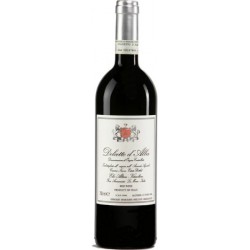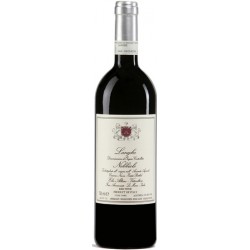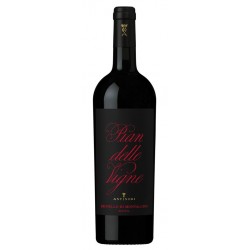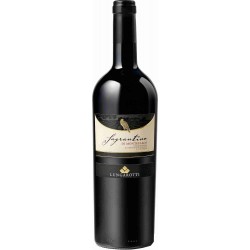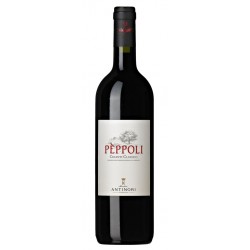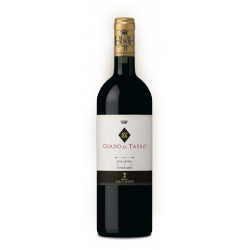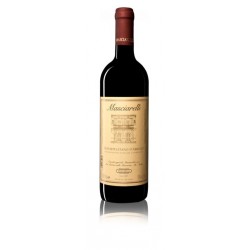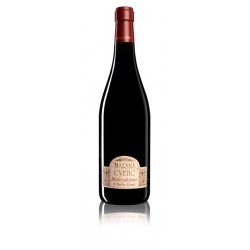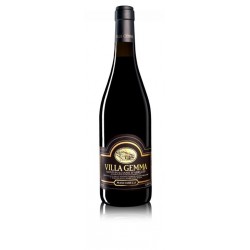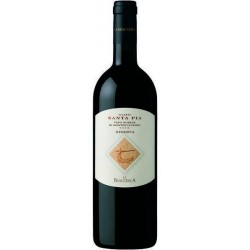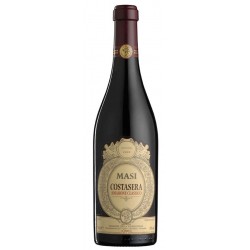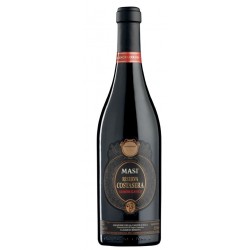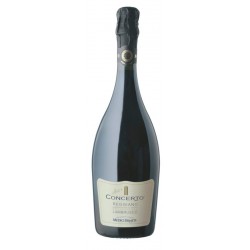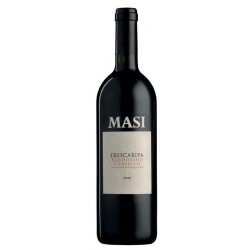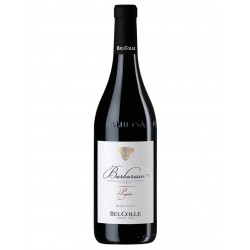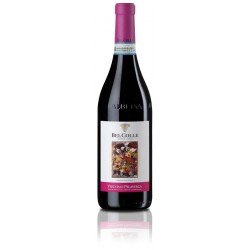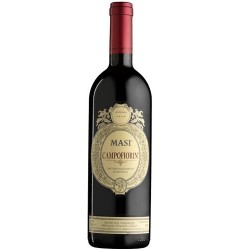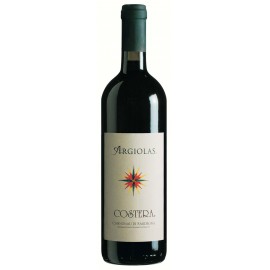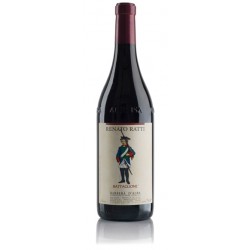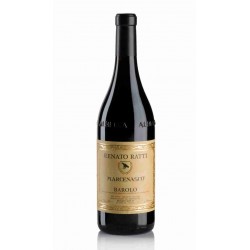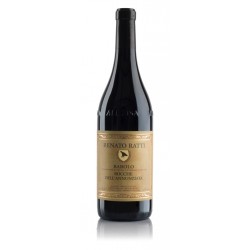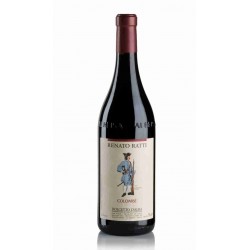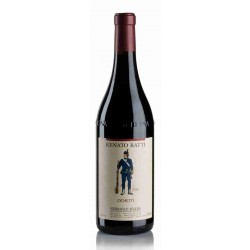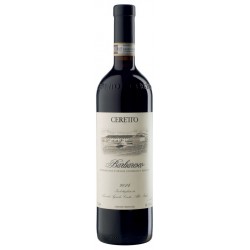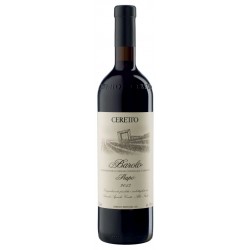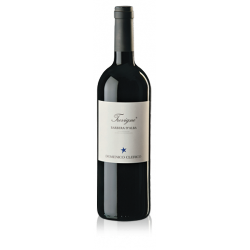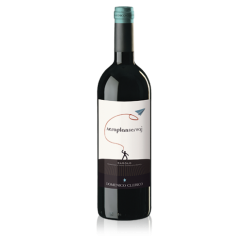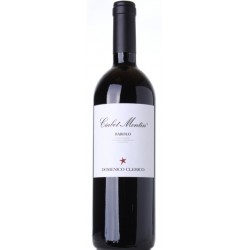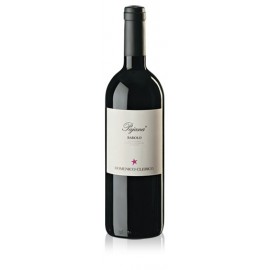No products
Prices are tax included
Product successfully added to your shopping cart
There are 0 items in your cart. There is 1 item in your cart.
Red wines
- White Wines
- Red wines
- Rosé wines
- passiti wines
- Sweet Wines
- Sparkling wines
- Champagne
- Special Offers
- Wines from the world
- Finest Wines
- Awarded wines
- Tasting List
-
Our's Manufacturers
- Abrigo Giovanni
- Adriano Marco e Vittorio
- Amalia
- Anselma Famiglia
- Antichi Vigneti di Cantalupo
- Barale Fratelli
- Brezza
- Bricco Mollea
- Burdisso
- Conterno Franco
- Dacapo
- Dogliani il Generale
- Enzo Boglietti
- Fattoria Del Teso
- Fratelli Serio & Battista Borgogno
- Gabriele Scaglione
- La Spinetta
- Ghiga
- Giribaldi Mario
- Monchiero
- Negro Angelo
- Negro Giuseppe
- Palladino
- Pepici
- Pietro Piovano
- Pira Luigi
- Pressenda Diego
- Ressia
- Rocche Costamagna
- Tenuta Baràc
- Gallino Giuseppe
- Bag in Box
- Spirits and Liqueurs
- Not only wine
Viewed products
-

Langhe Pinot Nero...
This is a pure Pinot Noir, planted in...
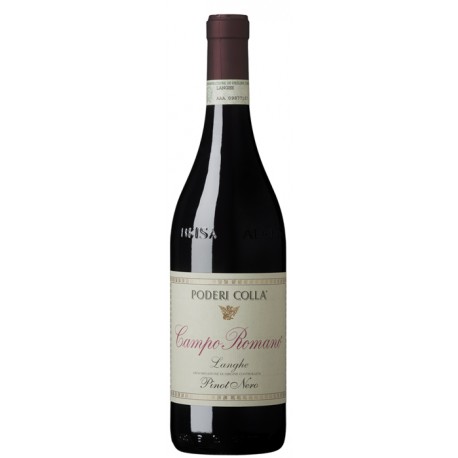 View larger
View larger
Langhe Pinot Nero Campo Romano, Poderi Colla
New
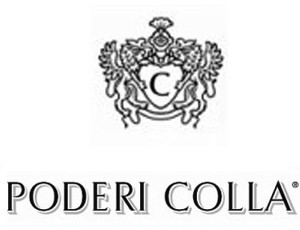 This is a pure Pinot Noir, planted in Cascine Drago in 1977 with vines imported from Burgundy. It displays the elegance and finesse of the French pinot noir supported by a clearly Piedmontese structure. The name derives from the fact that when the ground was ploughed prior to planting the vines, Roman remains were found: fragments of bricks, tiles and amphorae from a Roman settlement.
This is a pure Pinot Noir, planted in Cascine Drago in 1977 with vines imported from Burgundy. It displays the elegance and finesse of the French pinot noir supported by a clearly Piedmontese structure. The name derives from the fact that when the ground was ploughed prior to planting the vines, Roman remains were found: fragments of bricks, tiles and amphorae from a Roman settlement.- Write a review
By buying this product you can collect up to 1 loyalty point. Your cart will total 1 point that can be converted into a voucher of 0,50 €.
- Send to a friend
- Remove this product from my favorite's list.
- Add this product to my list of favorites.
Data sheet
| District | Piemonte |
More info
LANGHE PINOT NERO CAMPO ROMANO
D.O.C.
Vineyard
Grapevine
100% Burgundy Pinot Noir
Exposure
West
Average altitude
approx. 330 metres above sea level
Year of planting
1977
Strains per hectare
approx. 4,000
Yield in litres per hectare
approx. 3,500-4,000
Harvest period
beginning of September
In the winery
Manual harvesting, destemming, pressing, maceration with the skins for 8 to 10 days at a temperature of about 30° C, complete malolactic fermentation before winter. Ageing in oak barrels for about a year
Alcohol content
12.5-13.5% vol
Total acidity
5-5.5 gr/l
Dry extract
23-25 gr/l
Tasting note
Delicate garnet red; fine nose, aromas of tobacco, cherries, spices. In the mouth, flavours of ripe fruit, fresh tannins, round and well integrated into the body of the wine. Length and persistence of aromas with good ageing potential. Although not from the Piedmontese tradition, it is a wine that goes well with our agnolotti pasta and roast fowl
Serving temperature
14 / 16° C. - Rather large glass to convey the complexity of the wine















